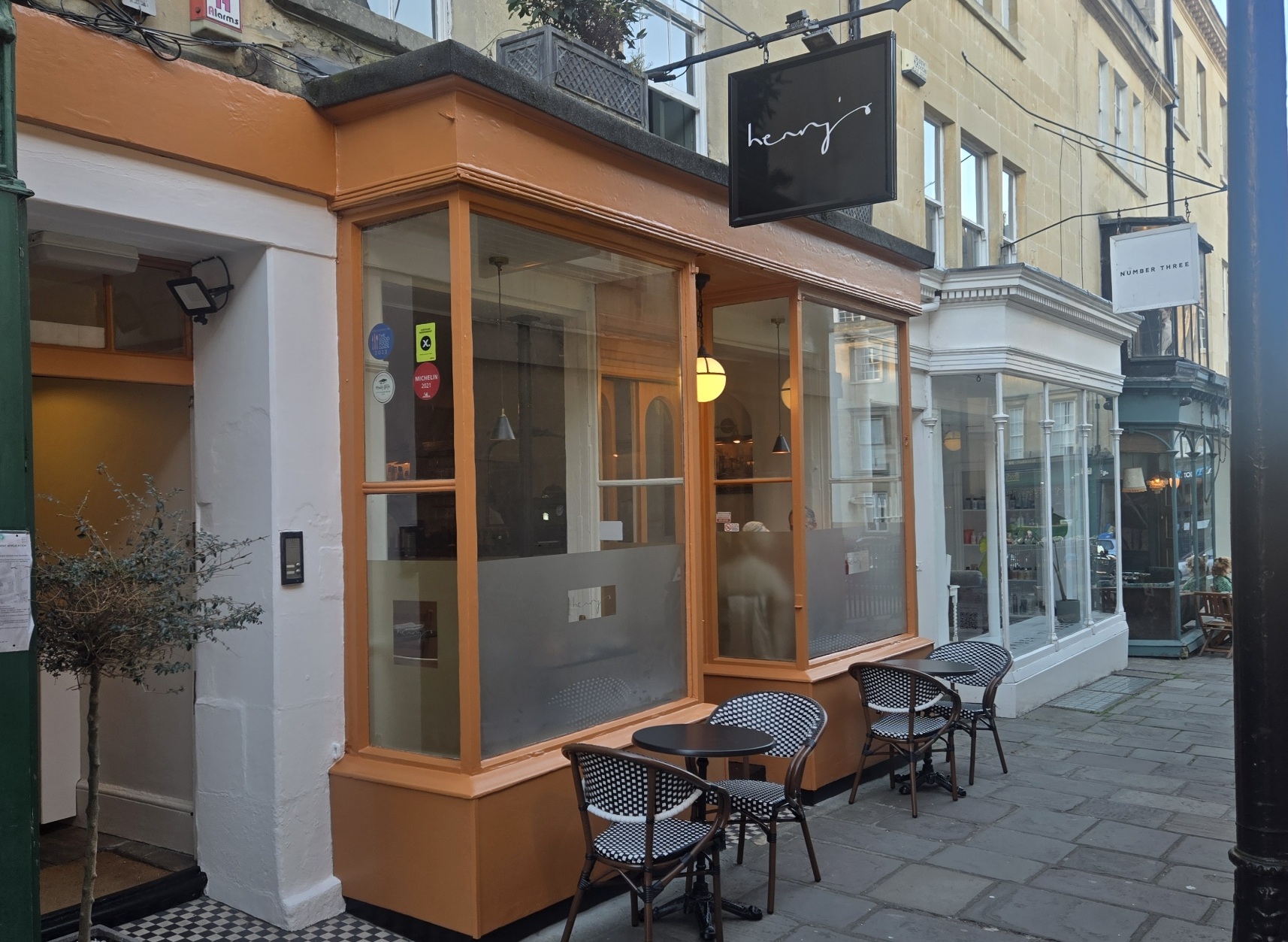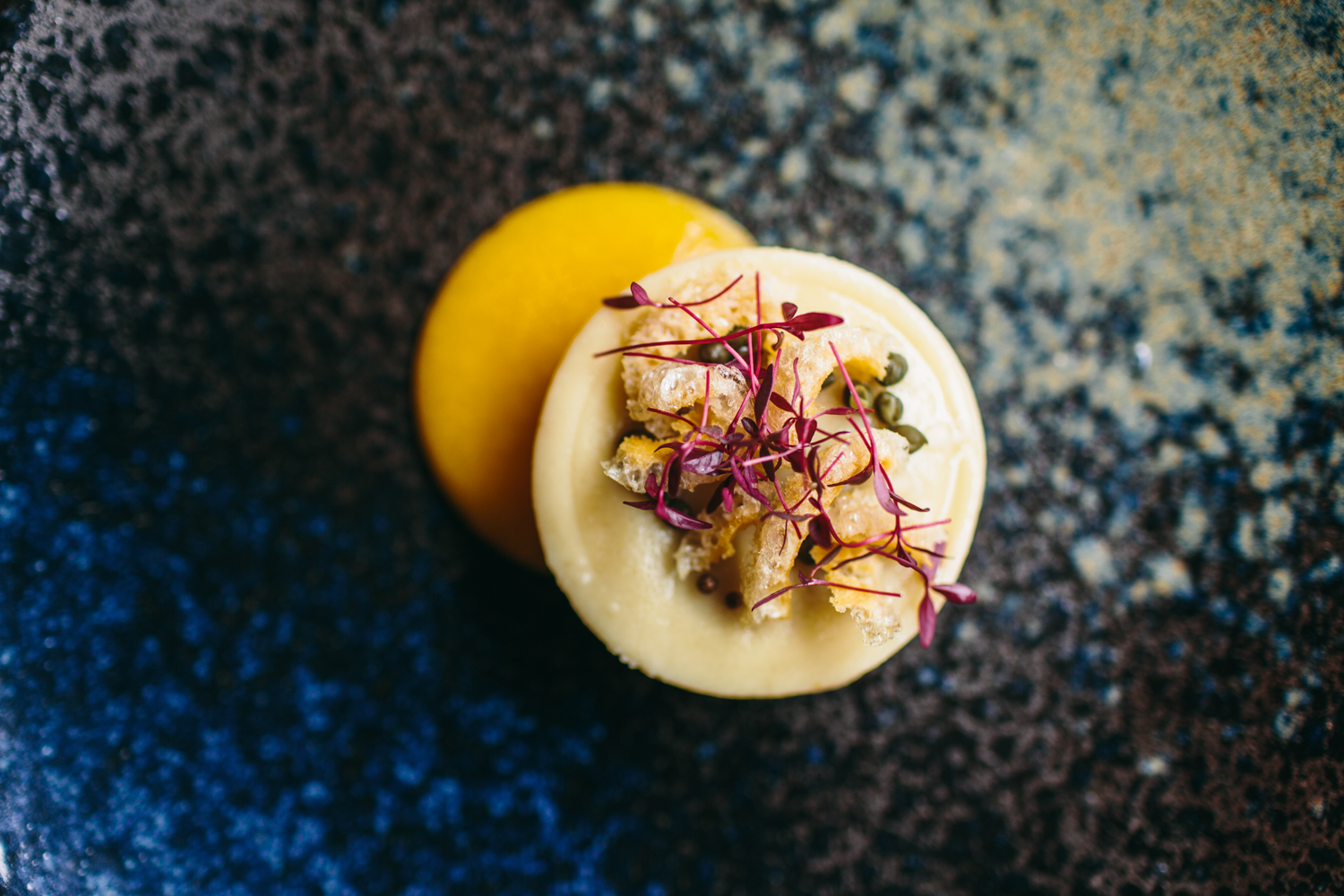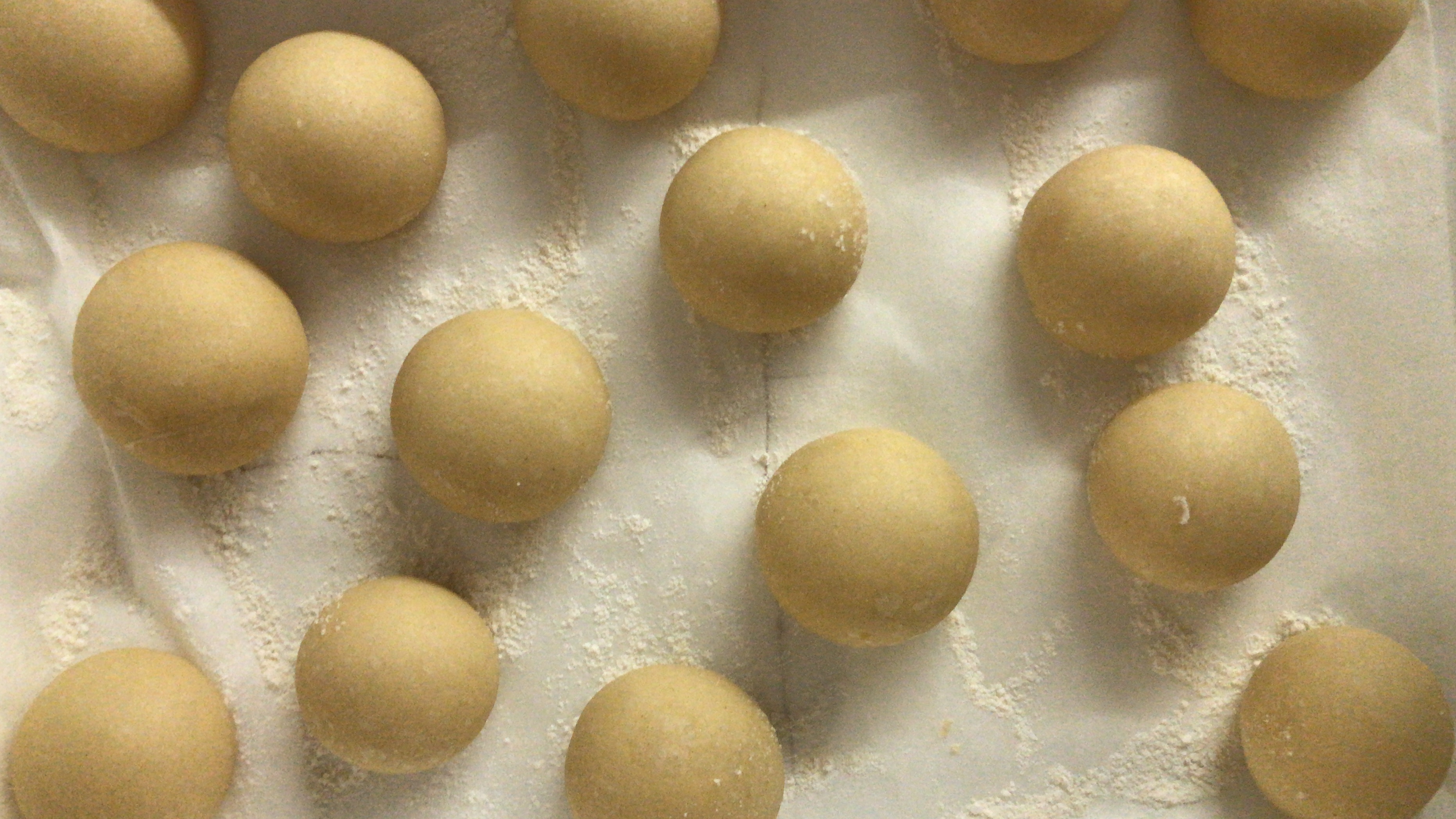A Fine Dining Future?

The Inevitable Evolution of Fine Dining
I think every chef across the country felt a shudder of sadness when Le Gavroche closed its doors in January. Such an institution—a restaurant that produced countless talented chefs, not to mention some of the best food London had ever seen—closed? It felt like the passing of a grandfather we all assumed would live forever, but one day he was gone. No more stories or lessons to pass on—just gone. It induced a sort of culinary and cultural mourning.
My first thought was: How? How can a restaurant with such credentials and experience— not to mention a celebrity patron—close? The reality brought to light just how difficult the hospitality industry is. To produce food at the 1% level, the margins get tighter and tighter. Yes, the prices are high, but they are the only defence high-end restaurants have against the barrage of overhead costs that wake up and cry every day.
Say the bill for two with wine might come to £380. Sharp inhale. That's rather steep, but wait—this bill has to cover rent, business rates, electricity and gas, suppliers, staff costs with pension contributions, 20% vanishes in VAT, recycling, damages, marketing—the list goes on and on. So from a £380 bill, if the owner pockets £20, he or she might be doing well. In particular reference to the staff costs, it's not uncommon to have as many chefs and wait staff as customers, which puts the monthly payroll into dizzying heights, making being full each and every night not preferable but essential for survival. And they don’t all make it; if a restaurant sees its first birthday, it's doing well, and even after years of trading, you’re never completely safe.
Hemingway famously said, “The industry is the artist’s enemy,” and this is true for fine dining. They are all artists and passionate visionaries in their own right, but sadly, the industry does not reward this. It can be financially better to own a chain or fish-and-chip shop than a three-Michelin-star restaurant with its gross overheads and fine margins for profit. I have worked in many Michelin-star restaurants over the years, and it would not be uncommon for the owners to have a few pubs on the side, which actually made money and kept the creative show pony on life support for as long as possible.
That said, I don't believe they will disappear completely, for there will always be a demand for exceptional food and cooking at large. It occupies a sweet spot of public interest and affection, with countless programs, books, films, and influencers holding attention with no signs of slowing. However, a three-star restaurant will be viewed the way you would view a luxury yacht—very nice to experience and visit, but it costs a fortune to maintain.
But there is hope! I'm focusing on the 1%—the Le Gavroche and El Bulli of this world. These are not spontaneous Tuesday night meals. These aside, I believe there will always be a desire and support for honest, high-quality cooking—great ingredients cooked with skill and simplicity to enjoy. This more humble approach can be made profitable, but to do this, some changes will be on the horizon for fine dining, such as fewer wait staff, smaller menus, and smaller kitchens with a handful of chefs rather than a twenty-strong brigade. Purchasing will change, cutting out expensive middlemen. It feels like the industry has to go on a crash diet to see in 2027. Times change, and if you don't watch the wind, it can swallow you up without a pause.
We're proud to still be here on Saville Row, cooking for the people of Bath. With all the challenges it presents, we hope you show up for food cooked with love and pursuing flavour for your enjoyment at all times.
Henry

